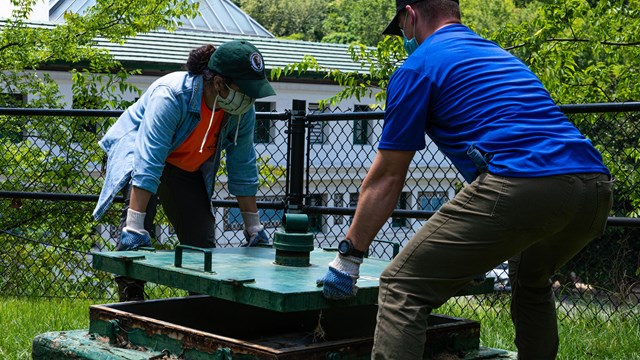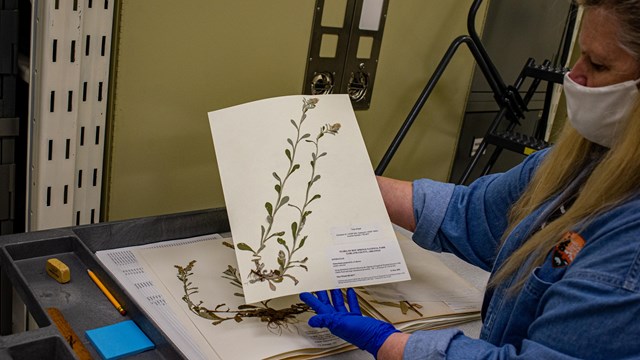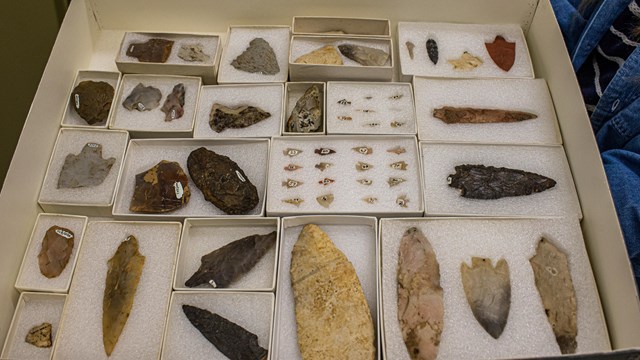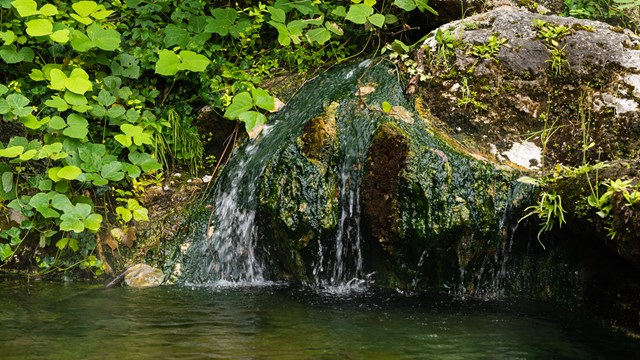Research in the ParkHot Springs National Park (HOSP) has a rich tradition of collaborating with partners to conduct scientific research in the park. If you are interested in conducting research in HOSP please visit the Integrated Resource Management Applications (IRMA) website and the NPS Research Permit and Reporting System website to understand what prior research has been completed to date. These websites contain Investigators Annual Reports (IAR), publications, reports, and spatial datasets for HOSP that can help researchers determine research needs, prepare their permit applications, and understand reporting requirements. IAR’s are mandatory year-end reports required from all Principal Investigators (PI's) who engage in science and resource management activities in the park.
Natural, social, and cultural research projects also need to inform management decisions. How to ApplyApplications for a Research and Collection Permit are coordinated through the NPS Research Permit and Reporting System. This is done by creating an investigator’s profile, then “Submit applications for research permits” and following the subsequent instructions. Reporting Requirements 
Researcher Safety
Learn about safety precautions, dangerous wildlife, and hazardous conditions in the Park. 
Material Transfer Responsibilities
Learn more about requesting and sending museum and collected specimens. 
Curatorial Responsibilities
Learn what to do before you begin collecting and once you are finished. 
Inventory & Monitoring
I&M builds a strong scientific foundation for the management and protection of natural resources in the Park. Learn more. 
Natural Features & Ecosystems
Learn about the geologic features, thermal springs, and natural features that make Hot Springs National Park unique. |
Last updated: January 28, 2025
